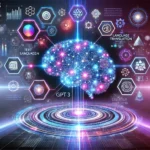Machine learning is a rapidly evolving technology that is transforming the way we interact with data. With its ability to identify patterns and make predictions based on data, ML is revolutionizing industries ranging from healthcare to finance. In this article, we will delve deep into ML: types, applications, and future insights, providing an understanding of how this technology is being implemented today and what it holds for tomorrow.
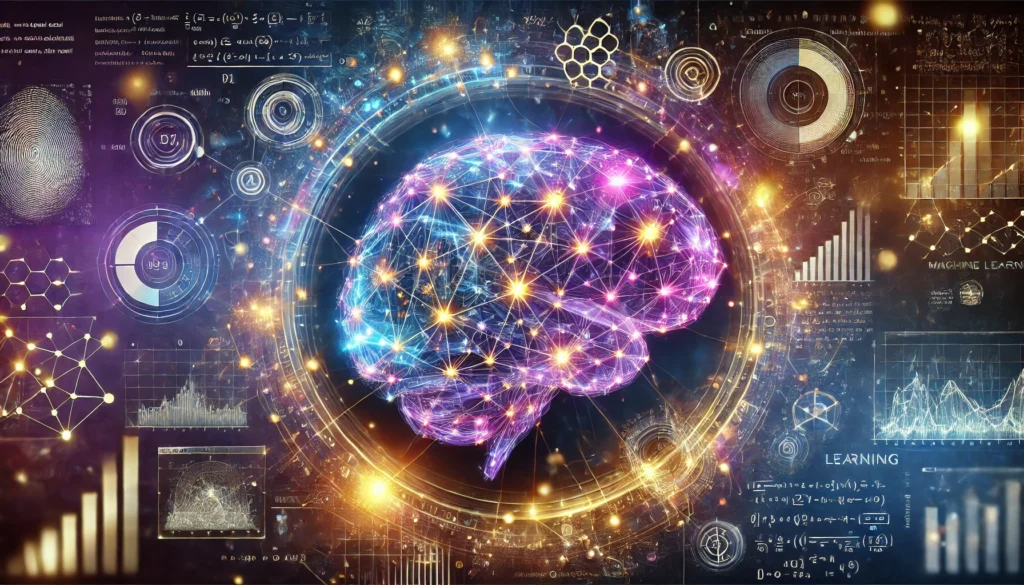 What is Machine Learning?
What is Machine Learning?
Machine learning refers to the branch of artificial intelligence (AI) that enables computers to learn from data and make decisions without explicit programming. By analyzing and interpreting data, ML models can learn from patterns and improve their performance over time. It involves feeding large amounts of data into algorithms, which then process the data and “learn” from it, ultimately making predictions or taking actions based on that knowledge.
The Core of Machine Learning
The core concept of ML is learning from data to make decisions or predictions. ML models get smarter with experience and data, continuously improving their ability to handle complex tasks. This ability to learn and adapt is what makes machine learning so powerful, as it can handle tasks that would be difficult or impossible to program manually.
Types of Machine Learning: An Overview
Machine learning can be categorized into three main types: supervised learning, unsupervised learning, and reinforcement learning. Each type serves a different purpose and has its own unique applications.
Supervised Learning
Supervised learning is the most common and widely used ML approach. In this method, the algorithm is trained on labeled data, where the input data is paired with the correct output. The model learns to make predictions based on this labeled data. The goal is for the model to make accurate predictions on new, unseen data.
Some popular applications of supervised learning include:
- Spam detection in email services.
- Image classification in facial recognition systems.
- Speech recognition for virtual assistants like Siri or Alexa.
Unsupervised Learning
In unsupervised learning, the algorithm is given data that is not labeled. The goal of unsupervised learning is to find hidden patterns or relationships in the data. This type of ML is useful when you don’t have labeled data or when you’re interested in exploring the underlying structure of the data.
Common applications include:
- Customer segmentation in marketing.
- Anomaly detection in fraud detection systems.
- Data clustering for organizing information into meaningful groups.
Reinforcement Learning
Reinforcement learning is a type of machine learning where an agent learns by interacting with its environment. The agent performs actions, and based on the feedback (rewards or penalties) it receives, it learns the best strategies to achieve a goal. Reinforcement learning is commonly used in robotics, gaming, and autonomous vehicles.
Examples include:
- Self-driving cars that learn to navigate traffic.
- Game-playing AI like AlphaGo, which learns to play complex games like Go.
- Robotic process automation (RPA) in industrial applications.
Semi-Supervised Learning
Semi-supervised learning is a hybrid approach that combines aspects of both supervised and unsupervised learning. It uses a small amount of labeled data and a large amount of unlabeled data to train models. This method is useful when labeling data is costly or time-consuming but still requires the benefits of supervised learning.
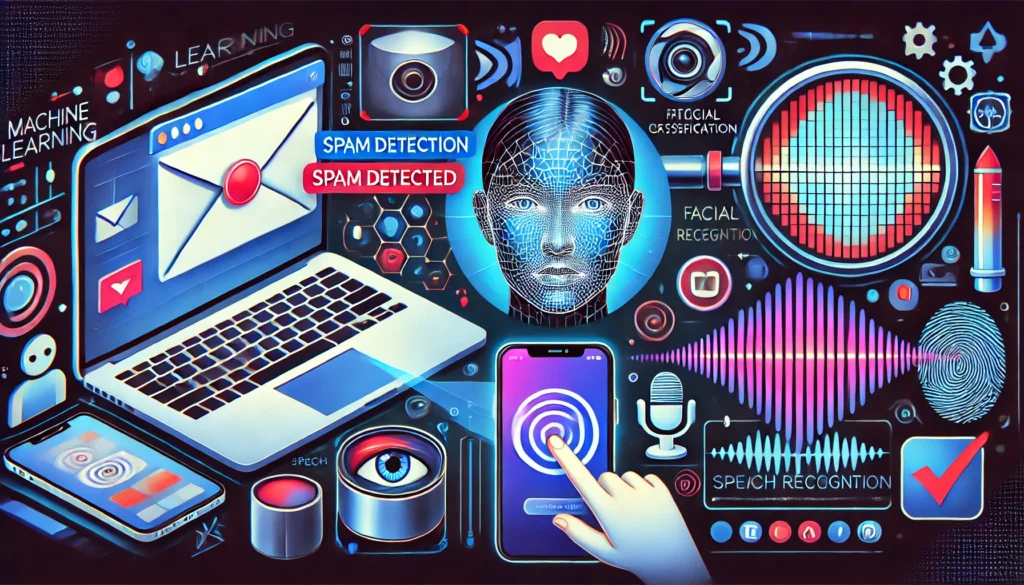
Applications of Machine Learning in Various Industries
Machine learning has diverse applications across multiple industries. Let’s look at how machine learning is being applied in different fields to enhance efficiency and productivity.
Healthcare
Machine learning is making significant advancements in the healthcare sector, enabling more accurate diagnoses, personalized treatment plans, and drug discovery. With the ability to analyze large volumes of medical data, ML algorithms can detect early signs of diseases, identify patterns in patient records, and even predict future health risks.
Examples of Machine Learning in Healthcare:
- Medical imaging: Machine learning algorithms can analyze X-rays, MRIs, and other medical images to detect conditions like tumors or fractures.
- Predictive analytics: By analyzing patient data, machine learning can predict the likelihood of conditions like diabetes or heart disease.
Finance
Machine learning is also making waves in the finance sector. It helps financial institutions manage risks, detect fraud, and improve decision-making. By analyzing transaction data, ML algorithms can identify suspicious activities and reduce fraud. Additionally, ML is used in algorithmic trading, where automated systems make buy and sell decisions based on market data.
Examples of Machine Learning in Finance:
- Fraud detection: Machine learning models can detect unusual patterns in financial transactions that might indicate fraud.
- Risk assessment: ML helps lenders assess the creditworthiness of individuals and businesses by analyzing historical financial data.
Marketing and Advertising
Machine learning is widely used in marketing to improve customer targeting, personalize content, and optimize advertising campaigns. By analyzing consumer behavior, ML models can predict what products or services a customer is likely to purchase and personalize marketing efforts accordingly.
Examples of Machine Learning in Marketing:
- Recommendation systems: E-commerce websites use ML to recommend products based on a customer’s past behavior.
- Customer segmentation: ML can segment customers into different groups based on their preferences and behaviors, allowing for more targeted marketing efforts.
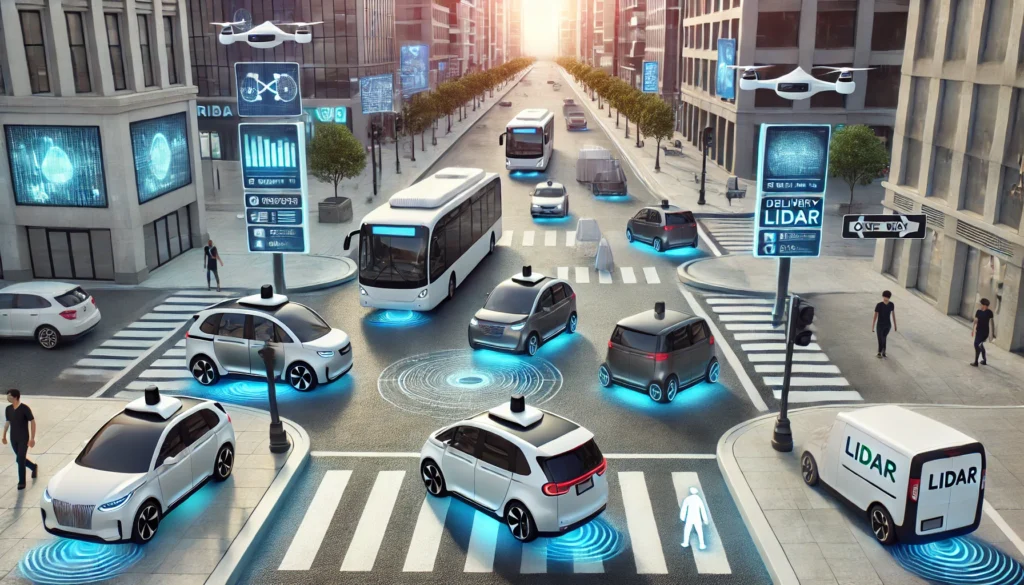
Autonomous Vehicles
The automotive industry is leveraging ML to develop autonomous or self-driving cars. These vehicles use ML algorithms to process data from sensors, cameras, and other devices to navigate and make decisions in real-time. The goal is to eliminate human intervention while ensuring safety on the road.
Examples of Machine Learning in Autonomous Vehicles:
- Object detection: Self-driving cars use ML to detect objects like pedestrians, cyclists, and other vehicles on the road.
- Path planning: ML helps the car determine the safest route to take while avoiding obstacles and obeying traffic rules.
Cybersecurity
Machine learning plays a critical role in identifying and preventing cyber threats. By analyzing vast amounts of data from network traffic, machine learning can detect abnormal patterns that might indicate a cyberattack, such as malware or phishing attempts.
Examples of Machine Learning in Cybersecurity:
- Intrusion detection: ML algorithms can monitor network traffic and detect unusual activity, which may signal an attempted security breach.
- Malware detection: By analyzing file behavior, machine learning models can identify and block malicious software before it causes harm.
The Future of Machine Learning: Insights and Innovations
Machine learning is continually evolving, and its potential applications are expanding. As technology advances, the future of machine learning holds exciting possibilities.
Explainable AI (XAI)
One of the challenges with machine learning models is their lack of transparency. Explainable AI (XAI) aims to make machine learning models more interpretable and understandable to humans. As ML models become more complex, understanding how they make decisions will be essential, especially in critical sectors like healthcare and finance.
Federated Learning
Federated learning is a new paradigm that enables machine learning models to be trained on decentralized data. Instead of centralizing data, which raises privacy concerns, federated learning allows data to remain on local devices while the models learn from it. This approach can lead to more privacy-preserving and efficient ML applications.
Human-AI Collaboration
Rather than replacing humans, machine learning is expected to complement human intelligence. In the future, humans and AI will collaborate to solve complex problems. For example, in fields like medicine and engineering, AI can assist professionals by providing insights and automating repetitive tasks, while humans focus on creativity and high-level decision-making.
Advancements in Reinforcement Learning
Reinforcement learning is still a developing field with exciting prospects. It has already shown impressive results in gaming and robotics, and in the future, it could be used to optimize real-world systems such as supply chains and healthcare operations.
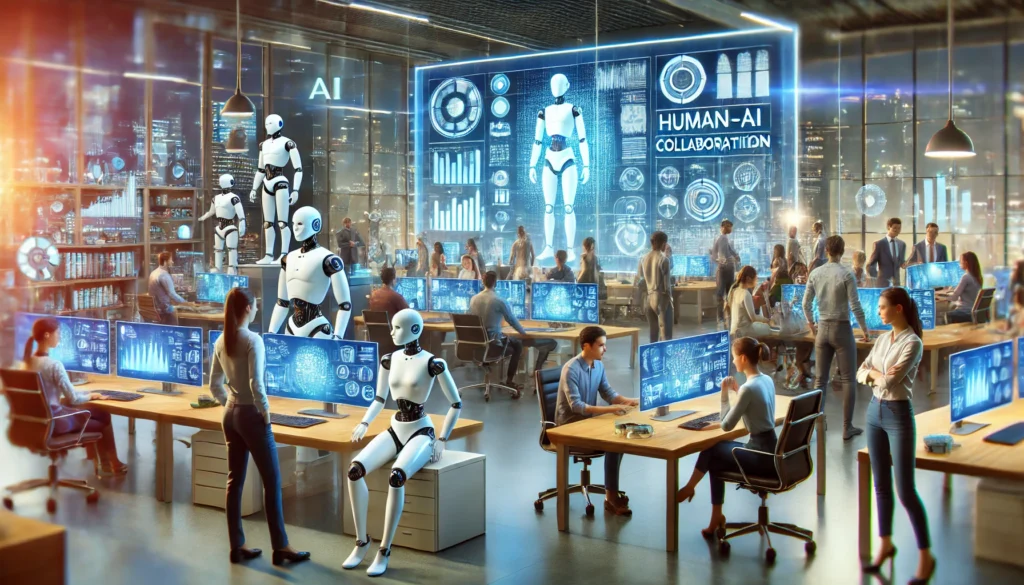
Conclusion
Machine learning: types, applications, and future insights reveal how transformative this technology is for industries worldwide. From healthcare to finance and marketing, ML is changing how businesses operate and how we interact with the world. As it continues to evolve, the future of ML holds immense potential. Whether it’s through explainable AI, federated learning, or more advanced reinforcement learning techniques, we can expect ML to drive even greater innovations in the years ahead.
FAQs
What is the primary purpose of machine learning?
The primary purpose of ML is to enable systems to learn from data, identify patterns, and make predictions or decisions without being explicitly programmed.
How is ML used in healthcare?
In healthcare, ML is used for diagnosing diseases, analyzing medical images, predicting patient outcomes, and personalizing treatment plans.
What are the main types of machine learning?
The main types of ML are supervised learning, unsupervised learning, reinforcement learning, and semi-supervised learning.
Can MT predict the stock market?
ML is often used in financial markets to analyze data and predict stock trends, though predictions are not always accurate due to the inherent complexity of financial markets.
Will machine learning replace human jobs?
ML will automate certain tasks but is more likely to complement human work, creating new job opportunities in fields such as AI development, data science, and ML engineering.


